Comprehensive Neurotherapy at BODY MIND & BRAIN in Gold Coast is the best “treatment” for Post-Traumatic Stress Disorder (PTSD). But to be precise, Neurotherapy is an intervention that addresses the underlying cause and not just another passive treatment to temporarily suppress symptoms. Let me tell you why it’s the best option.
(If you want to study the topic in more depth, have a look at the academic literature in the section SCIENTIFIC REFERENCES at the bottom of this page!)
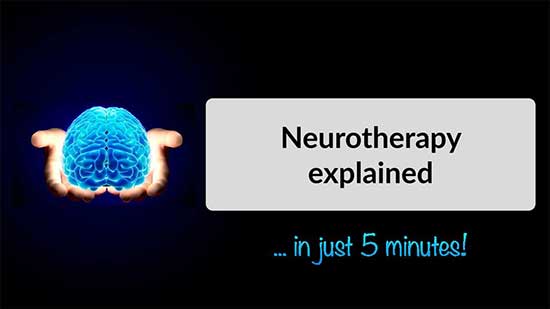

Before rushing into any treatment or therapy, it is crucial to collect some information first. We know, trauma can cause PTSD. The question is: What exactly is PTSD? And what is the best therapy for PTSD?
When a Brain is overwhelmed by distressing emotions, it can fail to recover and remain stuck in a dysregulated state. Apart from the atrocities of war, there are many sources of overwhelmingly distressing emotions — especially during childhood — lingering on throughout adult life.
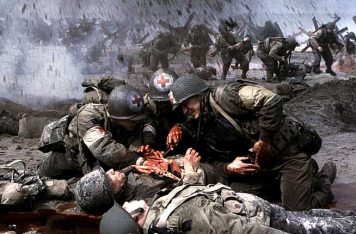
Not every traumatic event leads to PTSD. Statistics show, people abused in childhood have the highest vulnerability — unsurprisingly. So it is fair to say, every Brain is vulnerable to emotional trauma, but some cannot recover and end up suffering long afterwards as well [Image Lightbox].
PTSD affects many Brain networks which can cause a multitude of symptoms: Problems with mood and emotions, insomnia, hypervigilance, distressing memories, but also avoidant behaviours, social isolation, lack of joy as well as substance abuse are common problems [Image Lightbox].
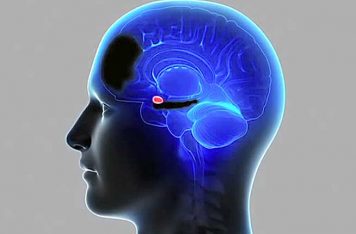
In Brains with PTSD, the threat detection system is stuck in constant emergency mode whereas the command centre — responsible for cancelling the alarm — is out of order. So, on the level of Brain circuitry, PTSD constitutes a “perfect storm”.
When the symptoms of PTSD become more severe, doctors usually label them as co-morbidities (= more likely in PTSD). It only shows that a dysregulated PTSD-Brain can create a lot of of problems which require a targeted rehabilitation — not more symptomatic drugs [Image Lightbox].

Sometimes it is unavoidable to manage PTSD symptoms temporarily with medication, but that’s pretty much where it ends. Better than drugs are Exercise Therapy, Pet Therapy and — believe it or not — energetic techniques like EFT® (Emotional Freedom Technique; “Tapping”).
The recommended psychotherapeutic method for PTSD is EMDR (Eye Movement Desensitization and Reprocessing). Since this therapy can be slow, tedious and emotionally draining, we urgently advise to pair it with Comprehensive Neurotherapy in order to speed up the healing process.

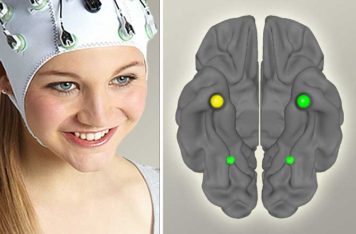
Trauma resolution with EMDR can be very beneficial. Yet, it falls short in cases of • many traumatic events (e.g. after childhood abuse) and • prolonged exposure (e.g. after childhood neglect). In such cases, it is best to normalise the affected Brain networks directly with Neurotherapy.
• … works effortlessly for everybody
• … is amazingly powerful and effective
• … corrects the root cause
• … is a very natural, drug-free solution
• … has no serious risks or side effects
• … is fully evidence-based (And the sessions are even fun! )

Would you like
to learn more about …
Or would you rather
skip to the page that tells you …
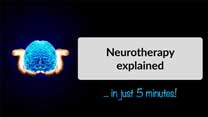
THE MIGRAINE REVOLUTION is a Scientific Patient Guide about the comprehensive rehabilitation of Migraine, a Functional Brain Disorder.
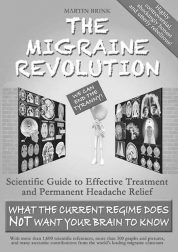
Neurotherapy Practice
32 Lawley Crescent
Pacific Pines — Gold Coast
Queensland 4226
Australia